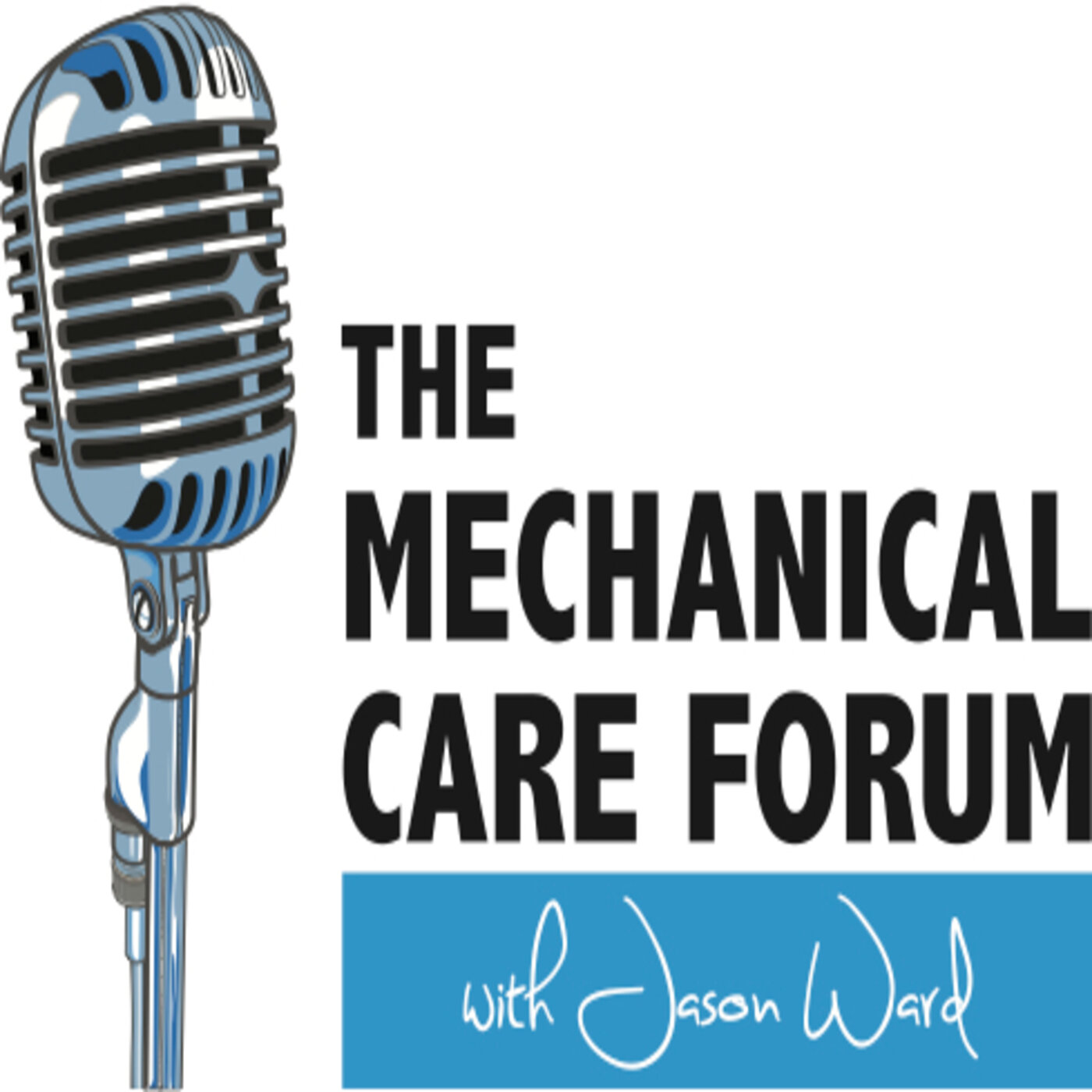Wayne Rath PT, Dip MDT
Jean Duffy-Rath PT, Dip MDT
Wayne graduated from the Physical Therapy Program at Downstate Medical Center, Brooklyn in 1975 and Jean graduated from the Physical Therapy Program at the University of Pittsburg in 1979. Wayne was a founding member of the New Jersey Orthopaedic Section, the McKenzie Institute and is recognized for his contributions to the origins of the Orthopaedic Section of the American Physical Therapy Association. He has been an adjunct instructor of Orthopaedics and manual therapy and a clinical assistant professor for multiple PT programs. He has provided continuing education workshops throughout North America, Europe, New Zealand and South America. His career focus has been optimizing strategies for the diagnosis, treatment and prevention of musculoskeletal disorders.
Jean played an important role as a board member, instructor and journal editor in the developmental years of the McKenzie Institute. She has been the driving force in the development of the Duffy-Rath System© (DRS) for injury prevention in the work environment. She has numerous publications related to MSD prevention and the programs have won awards and gained special recognition form OSHA as a center of excellence.
Together, Wayne and Jean have dedicated their career to helping companies, healthcare providers and individuals find solutions to musculoskeletal problems that have a positive, long-term impact with Duffy-Rath Systems.
Show Notes
Struggles
Wayne and Jean left a strong and stable practice with a large referral sources that was strong and supportive and they went to a very difficult market with a population that included a significant number of patients who had issues including medico—legal, multiple failed procedures, and other non-serious mechanical issues. These difficulties really made Wayne and Jean grow that Wayne says wouldn’t have happened if they would have stayed in their prior practice.
Successes
Generally, Wayne pondered when people didn’t respond and he would approach it differently so that he could have the potential to make an improvement and learn from that experience.
Doing Differently Now
Wayne believes he isn't doing much that is different, but he is doing his techniques better. He says he’s become a better listener. Probably the thing that has changed the most is that he puts so much more emphasis training the patients for the long haul. He is much more into objective measurement of physical performance than he has been prior, like grip strength, lifting capacity, energy expenditure and other measurements.
Jean says she also focuses on the emphasis on long term relief. She was more focused on the specific problem the patient had then she moved on from that. Now, she eliminates the specific problem they are working on then she checks out to see if anything else has been bothering them physically. Jean calls it planning their physical retirement program.
Patient Education Analogies
Jean says she does use the bent finger example to show discomfort or pain. She also uses sitting on a bent knee example which helps show how tingling and your nerves falling asleep can be erased by getting up and moving around. Stiffness, pain, and even tingling can be a warning signal and to prevent that feeling from happening you want to stop the position that causes it. She also uses the bent wrist example to show a sudden loss of grip strength, specifically for the working population. This relates to how you affect your posture by not sitting in that neutral position which puts a strain on all your joints.
Wayne has everyone slouch and pretend that they are asleep and naturally your head falls down. As he has them lift their head, he shows how this only results in upper cervical movement. He uses this to illustrate how lifting the chest is crucial for proper posture correction.
Best Advice
A good friend told Wayne, “don’t be afraid to fail.” and to “try to reinvent yourself.”
Jean was advised when she encountered disappointing issues that arose related to business “you just need some time to get out there and talk to other companies.”
She was referred to MACNY - Manufacturers Association of Central New York. Jean says that most markets have a similar association and she would recommend for others to connect with them.
Resources
Wayne enthusiastically says he wouldn’t do without Google to search for everything.
The most significant contribution to manual therapy to Wayne is the Mulligan Concepts manual techniques.
For Jean, she finds simple and clear illustrations of posture and anatomy that pertain to the patients problem. Before and after pictures are very important to Jean because they are so impactful for patients to see the difference.
Impactful Studies
For Wayne:
Scientific approach to the assessment and management of activity-related spinal disorders. A monograph for clinicians. Report of the Quebec Task Force on Spinal Disorders. Spine (Phila Pa 1976). 1987 Sep;12(7 Suppl):S1-59.
The Bone and Joint Decade 2000-2010 Task Force on Neck Pain and Its Associated Disorders: executive summary. Haldeman, S. Spine (Phila Pa 1976). 2008 Feb 15;33(4 Suppl):S5-7.
For Jean:
Prevalence of Carpal Tunnel Syndrome in a General Population. Atroshi I. JAMA. 1999;282(2):153-158. doi:10.1001/jama.282.2.153.
Can passive prone extensions of the back prevent back problems? A randomized, controlled intervention trial of 314 military conscripts. Larsen K. Spine (Phila Pa 1976). 2002 Dec 15;27(24):2747-52.
Parting Advice
Be the patients guide or teacher instead of wanting to be the one who “fixes” their patients.
Find an experienced clinician and work under someone
Remain open, become a good listener, don’t jump to conclusions, be careful to not lead patients and don’t force patients to fit into your categories of diagnoses.
Jean and Wayne are looking for additional therapists who are mechanically like-minded and who might be interested in hearing more about Duffy-Rath Systems.
You can read more and contact Wayne and Jean at www.duffy-rath.com
or you connect with them directly at:
To contribute:
Give a 5-star review on iTunes;
Share EP #75 with a friend; and/or
Connect with us on the Spotify MCF Podcast and MCF Instagram page!
Thanks for your support!

